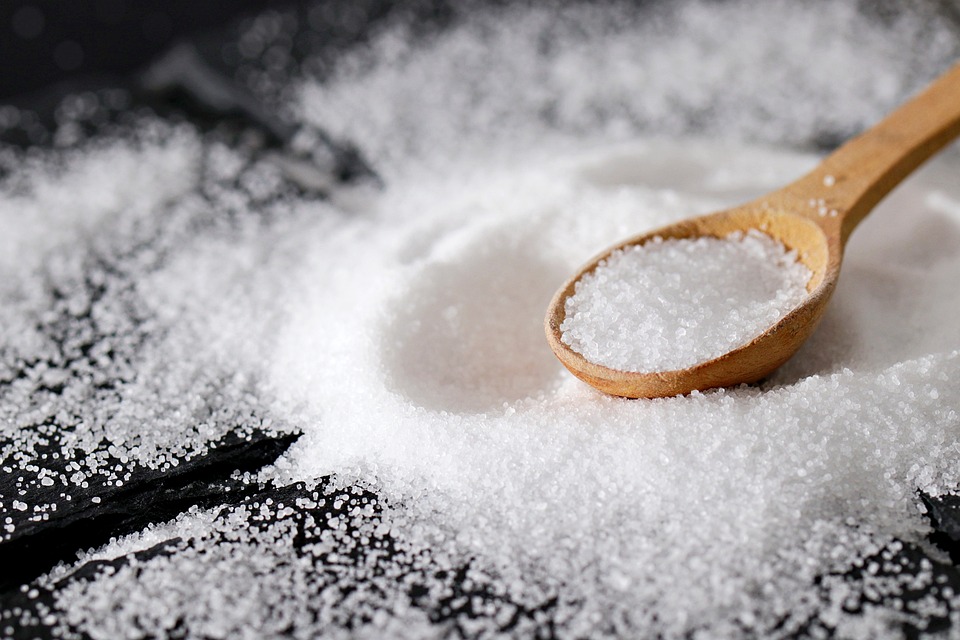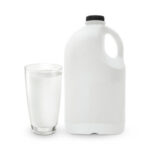Embark on a fascinating exploration of culinary science and health with our expertly crafted guide, “How Much Sodium in a Teaspoon of Salt?” This question, simple at its core, unlocks a profound understanding of nutrition, dietary balance, and the impact of sodium on our well-being. Crafted by seasoned professionals in nutrition and food science, this article is designed to shed light on the crucial role sodium plays in our diet and the importance of moderation.
Sodium is a vital nutrient, essential for numerous bodily functions, but its consumption is often shrouded in misunderstanding and generalization. Through our comprehensive analysis, we aim to demystify the exact amount of sodium contained in a teaspoon of salt, providing readers with a solid foundation to make informed dietary choices. This exploration is not just about numbers; it delves into the broader implications of sodium intake on health, offering a nuanced perspective on how to balance flavor and wellness in your daily meals.
Whether you’re a health enthusiast striving for a low-sodium diet, a culinary aficionado curious about seasoning, or someone navigating the complexities of dietary restrictions, “How Much Sodium in a Teaspoon of Salt?” is crafted with you in mind. Our guide goes beyond mere guidelines, encouraging further reading and exploration into nutrition and health, fostering a deeper understanding and curiosity about the foods we eat and their effects on our bodies.
Join us as we unravel the intricacies of sodium in our diets, transforming the way you think about salt, seasoning, and health. This article promises to enrich your knowledge, pique your curiosity, and equip you with the insights needed to navigate the savory world of sodium with confidence and care.
Contents
Daily Sodium Intake Recommendations
The recommended daily sodium intake varies between organizations:
- The American Heart Association advises limiting sodium to 1500 mg per day for most adults.
- The Dietary Guidelines for Americans recommend less than 2300 mg per day for adults.
However, individual sodium needs can vary based on factors like:
- Age
- Health conditions
- Activity level
Consult your doctor to determine the appropriate sodium target for your specific needs. Do not restrict sodium too severely without medical supervision.
How to Track Your Sodium Intake?
Carefully tracking sodium intake is important, especially if you have high blood pressure or other health concerns. Here are some tips:
- Read nutrition labels closely to identify sodium content per serving
- Watch for high sodium foods like canned goods, condiments, cured meats
- Use an app to log daily sodium consumption from all foods and beverages
- Ask restaurants for nutrition info to make lower sodium choices
Related posts: how many ounces in a 1 2 gallon
How Much Sodium is in a Teaspoon of Salt?
Table salt is approximately 40% sodium and 60% chloride. One teaspoon of table salt contains about 2300 mg of sodium.
However, sodium content can vary between salt types:
| Salt Type | Sodium (mg) per Teaspoon |
| Table salt | 2300 mg |
| Kosher salt | 2000 mg |
| Sea salt | 2100 mg |
Sea salt and kosher salt have slightly less sodium due to their flake-like shape and gaps between crystals. But ultimately, all types of salt are high in sodium.
High Sodium Foods and Health Risks
Consuming too much sodium can negatively impact health and increase disease risk:
- High blood pressure – Sodium causes fluid retention, increasing blood pressure. Over time, this damages arteries.
- Heart disease & stroke – High sodium intake is linked to hardened arteries, heart attacks, and strokes.
- Kidney disease – Excess sodium can overwork the kidneys, impairing their ability to filter waste.
Reducing sodium intake can lower blood pressure and improve heart health. Consult your doctor about your specific disease risks.
Benefits of Reducing Sodium Intake

In addition to lowering blood pressure, cutting back on sodium offers other potential benefits like:
- Improved vascular function
- Reduced fluid retention and bloating
- Decreased strain on the kidneys
- Lower risk of osteoporosis
- Enhanced immune function
Gradually reducing sodium can promote overall wellness, especially for individuals with high blood pressure or heart issues.
Tips to Decrease Salt Intake
Here are some helpful strategies to reduce sodium intake:
Gradual Reduction Strategies
- Slowly cut back on added salt over time to allow taste buds to adapt
- First focus on cutting sodium at one meal, then expand to others
- Transition to low-sodium versions of favorite condiments and canned goods
Alternative Seasoning Ideas
- Boost flavor with herbs, spices, citrus juice, vinegar, garlic, onion, pepper
- Try paprika, basil, cumin, thyme, rosemary, cilantro, chili powder
- Roast veggies to bring out natural sweetness without needing as much salt
Hidden Sodium Sources
- Read labels closely – condiments, sauces, dressings are key culprits
- Opt for low-sodium versions or make from scratch
- Watch for sodium in bread, pizza, sandwiches, canned goods, frozen meals
Cooking Tips
- Marinate meats in acidic ingredients like lemon juice or vinegar
- Salt food lightly after cooking instead of during
- Don’t salt cooking water for grains or pasta
- Rinse canned beans and veggies to remove some sodium
When reducing sodium, consult your doctor to ensure adequate intake for your needs. Drastically restricting sodium can be unsafe for some individuals.
Sodium and Taste Perception

With time, taste buds adapt to less sodium and food tastes less bland. After a few weeks of sodium reduction, you may begin enjoying the natural flavors of food with less salt.
Conclusion
Sodium plays vital roles but too much can increase the risk of high blood pressure, heart disease, stroke, and other health issues. Gradually reducing sodium intake, within your doctor’s recommendations, can lower these risks and promote overall well-being. Exploring herbs, spices, and salt-free cooking techniques makes lowering sodium intake more satisfying. With some patience for taste buds to adjust, it is possible to enjoy delicious food with less salt and improve your long-term health.

At the age of 25, chef and owner Michael Scognamiglio opened with confidence Bacco Italian restaurant.







